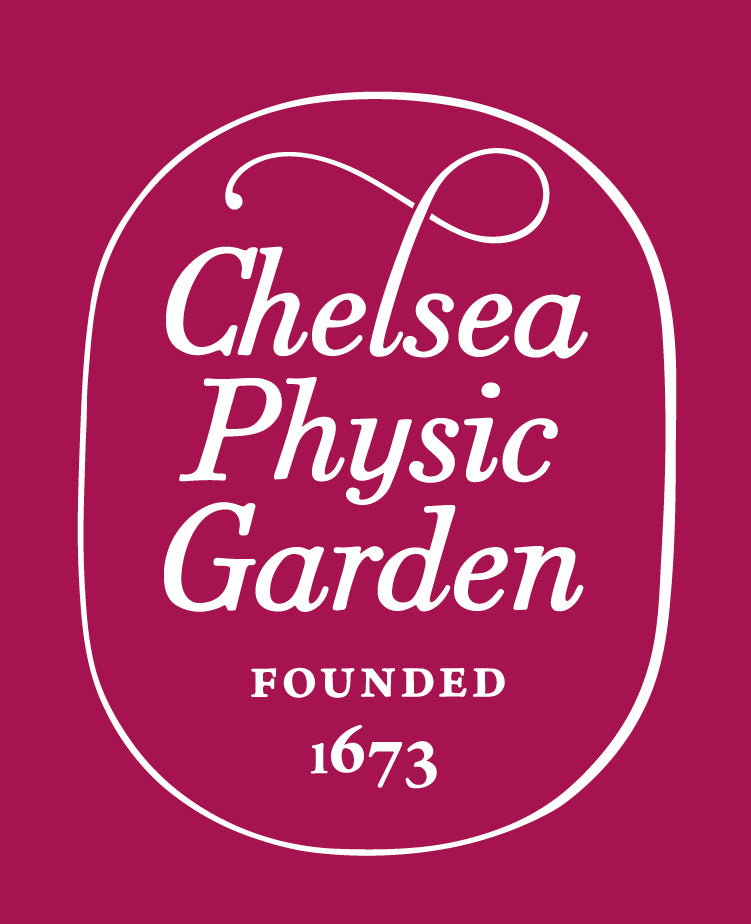
Taxus baccata - English yew
£25.00
/
Size information
Taxus baccata - English yew by Pauline Dean
Taxus baccata, commonly known as Yew, is an evergreen tree native to Europe, Asia, and North Africa. Known for its dark green foliage and red, fleshy arils (the fruit), the Yew has long been a symbol of immortality and protection. Its bark and leaves contain compounds like taxol, which is a potent chemotherapy agent used in the treatment of cancer. However, the plant is highly toxic. Culturally, the Yew tree is often linked to death, resurrection, and eternal life. In many ancient cultures, Yew trees were planted in churchyards and cemeteries, where they were believed to protect the dead and ensure the soul's safe passage to the afterlife. In Celtic and Norse traditions, the Yew was seen as a sacred tree, symbolising endurance, and the cycle of life. Its longevity and ability to regenerate from old wood led to its association with immortality, and it was often regarded as a guardian tree.
Chelsea Physic Garden has been a centre of medicinal plant knowledge for over 350 years. Established in 1673 by the Worshipful Society of Apothecaries of London, it is one of the oldest botanic gardens in Britain. Its living collection includes species from across the globe, many with histories deeply rooted in medicinal and cultural practice. Today, the Garden continues to inspire learning, offering a space for people to connect with nature and explore the essential role plants play in our health, culture, and survival.
Chelsea Physic Garden has been a centre of medicinal plant knowledge for over 350 years. Established in 1673 by the Worshipful Society of Apothecaries of London, it is one of the oldest botanic gardens in Britain. Its living collection includes species from across the globe, many with histories deeply rooted in medicinal and cultural practice. Today, the Garden continues to inspire learning, offering a space for people to connect with nature and explore the essential role plants play in our health, culture, and survival.















